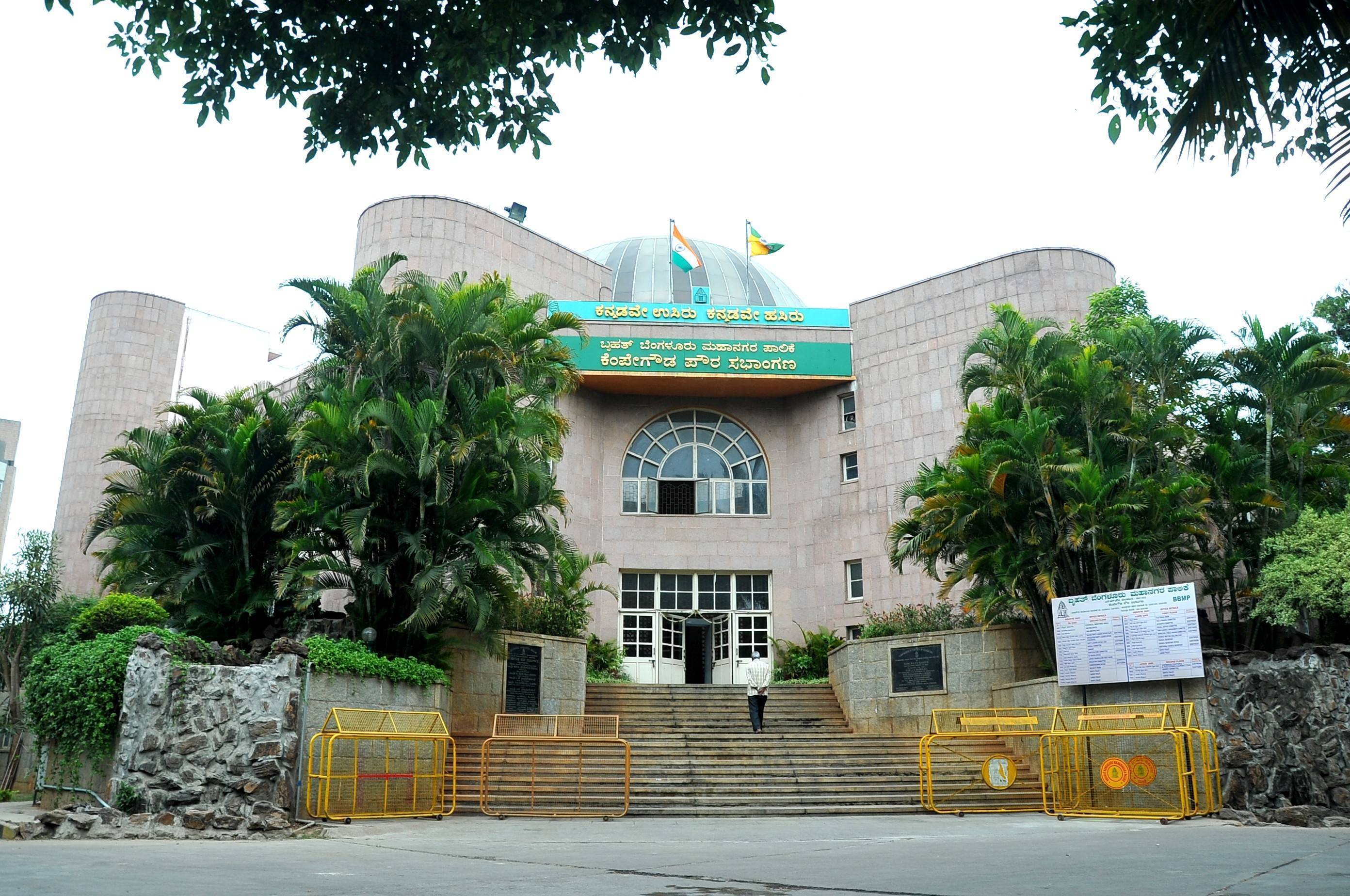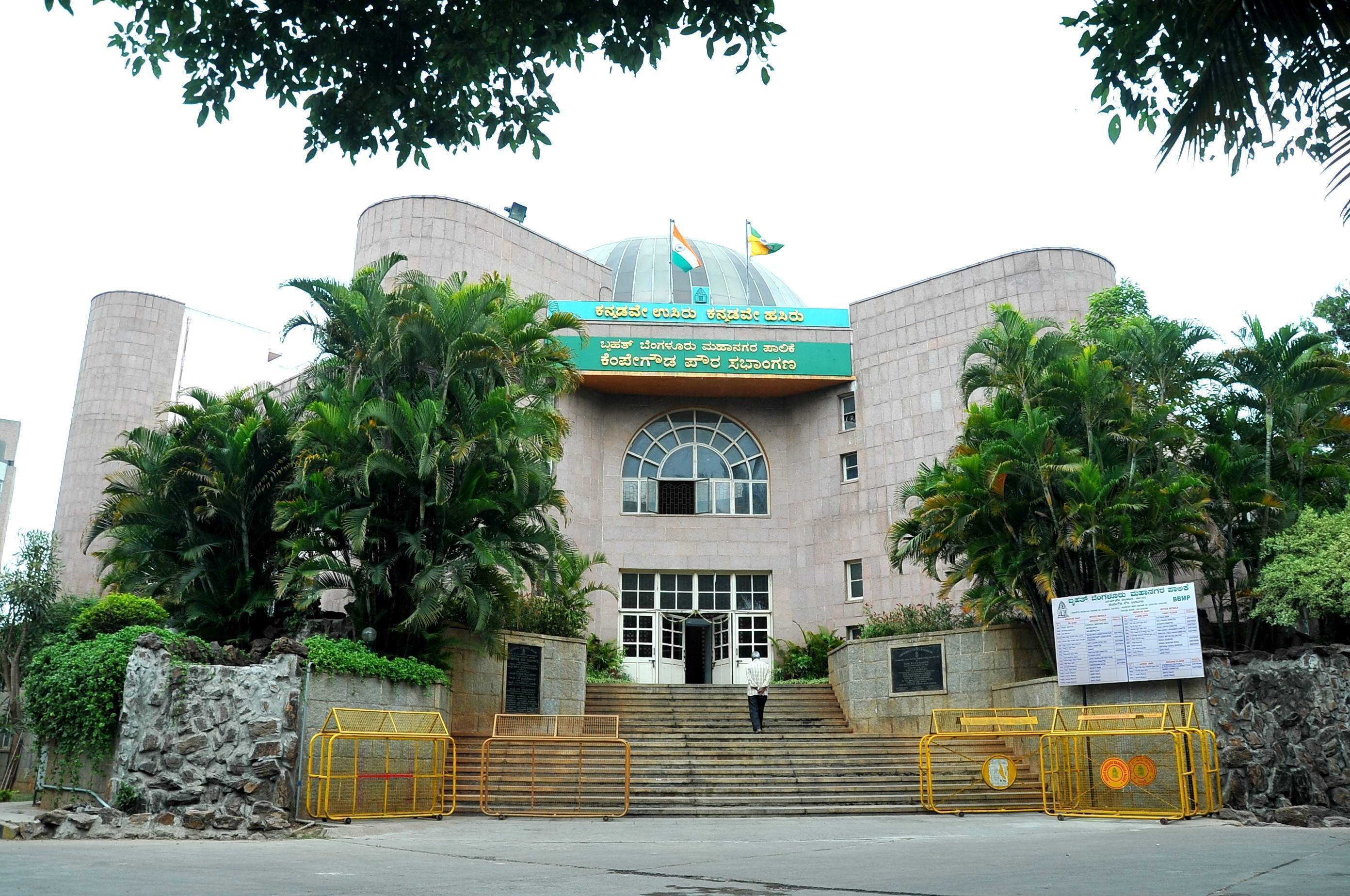The Maharashtra government has initiated steps to conduct a statewide housing demand and need assessment survey as part of its recently approved Maharashtra Housing Policy 2025. The survey is aimed at capturing the evolving housing requirements across districts and is expected to be completed by 2026. Officials say the move is in response to significant changes in housing consumption patterns following the COVID-19 pandemic.
The housing survey is one of the central features of the new policy, which was approved by the state cabinet on May 22, 2025. The policy outlines multiple interventions to improve access to affordable housing and strengthen planning mechanisms based on local demand conditions. The proposed survey is expected to serve as a critical tool in formulating district-specific housing strategies and allocating public resources accordingly.
Comprehensive Survey to Map District-Level Housing Trends
According to the policy document, the proposed exercise will involve a detailed assessment of housing conditions, household profiles, and existing infrastructure in both urban and rural parts of the state. The focus will be on identifying gaps in access to adequate housing and understanding socio-economic conditions that influence housing demand.
“This data collection initiative will inform future policy formulation, guide investment decisions, and improve targeting of housing schemes for various income and demographic segments,” the policy document notes.
Government officials have indicated that the survey will also help identify underserved regions and emerging housing clusters shaped by migration and economic activities. For this, the survey will include data points related to population shifts, household income levels, tenancy arrangements, availability of basic services, and housing typologies.
Special Emphasis on Income-Based and Vulnerable Groups
The survey will adopt a need-based methodology, assessing the housing requirements of different income groups—especially the economically weaker sections (EWS), low-income groups (LIG), and middle-income groups (MIG). Additionally, special attention will be given to housing challenges faced by working women, elderly citizens, students, and persons with disabilities.
The state aims to use this information to ensure that upcoming housing schemes reflect actual demand patterns and cater to the needs of vulnerable segments more effectively. Officials also believe that the approach will help reduce mismatches between housing supply and demand, which has been a recurring issue in several urban centres.
The survey ties into the larger goal set under the Housing Policy 2025—construction of 35 lakh affordable homes by the year 2030. This ambitious target is backed by a projected investment of ₹70,000 crore, spread across public, private, and public-private partnership (PPP) models.
The government plans to use insights from the survey to identify land parcels suitable for mass housing projects and streamline approval processes. Alongside the demand survey, a district-wise audit of government-owned land banks will be conducted by March 2026. This audit will help identify and unlock land that can be repurposed for affordable and rental housing.
Rental Housing and Migration Trends to be Captured
Recognising the changing patterns of employment and mobility, the survey will also include data on rental housing preferences and availability. Migration from rural to urban areas and from smaller towns to industrial hubs will be factored into the planning process, officials said.
“This will allow us to account for the growing requirement for rental housing, especially in regions witnessing economic expansion or industrial corridor development,” a senior official from the housing department noted.
The state intends to frame policies that respond to this segment’s specific needs, including tenancy protection, incentives for rental housing construction, and better registration frameworks.
The survey process is expected to leverage digital tools for data collection, geographic tagging, and real-time analytics. Once the data is collected, it will be integrated into a central housing database, which will be made accessible to urban local bodies, planning agencies, and relevant state departments.
State authorities have stated that the exercise is aimed at enhancing transparency and reducing duplication of efforts in housing delivery. The database will help track progress against policy targets and improve coordination between multiple stakeholders in the housing ecosystem.
Additional Provisions Under the Policy
In addition to the survey and construction targets, the Maharashtra Housing Policy 2025 includes several fiscal and regulatory incentives. One such provision is the reduction in stamp duty for senior living home buyers. As per the policy, buyers in this segment will pay a flat ₹1,000 in stamp duty, a significant reduction from the earlier rate of 5% to 7%, depending on the location.
The policy also sets guidelines for promoting sustainable building practices, redevelopment of old and unsafe housing stock, and support for cooperative housing societies. Moreover, measures for increasing private sector participation in affordable housing have been proposed, including easing floor space index (FSI) norms and fast-tracking approvals.
The Maharashtra government plans to complete the survey and related exercises by 2026 to align with its broader policy implementation timeline. Once completed, the data will be used to recalibrate ongoing and future housing schemes to ensure they address the actual ground-level requirements.
Urban planners and housing experts view the survey as a necessary step toward creating demand-driven housing solutions that are both inclusive and economically viable. By prioritising evidence-based planning, the state aims to ensure that its housing policy remains responsive to demographic and economic realities across Maharashtra.









